#Ebooks #Smashwords 7th Annual End-of-Year Sales! #Free, 25 – 75% off! 8 More Days: Through January 1, 2024 #SmashwordsEoYSale
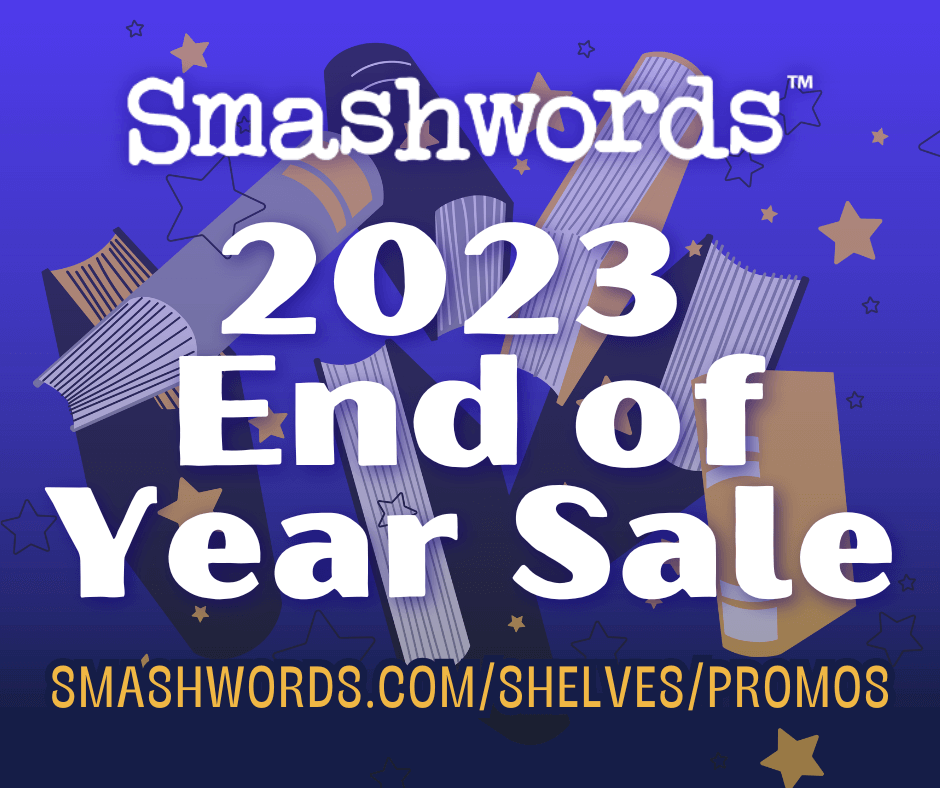
The Spanners Series’ first three Volumes of utopian science-fiction/romance by Sally Ember, Ed.D. are on sale NOW!

The Spanners Series‘ cover art and logo are by WillowRaven: http://www.willowraven-illustration.blogspot.com/
Smashwords is having its 7th Annual End-of-Year Sale and The Spanners Series‘ ebooks in every format (reader’s choice) are on sale for 8 more days! —free (Volume I) —only $2.99 (Volume II), 25% OFF, no COUPON CODE needed; sale on Smashwords, only, 12/15/23–1/1/24 —only $1.99 (Volume III), 50% OFF, no COUPON CODE needed; sale on Smashwords, only, 12/15/23–1/1/24
(usually $3.99 each for ebooks)! See below for links and more info.
And, go browse on Smashwords for other great discounts and sales for this great sale!
Whether you’re sweating, freezing, rained or snowed on or anywhere in between, there is still time to READ! Give ebooks for gifts for birthdays, graduations, holidays, anniversaries, vacations: any time!
The paperbacks of all three Volumes are in the Kindle Match/Kindle Matchbook program at Amazon! See below for links, details and coupon codes (on Smashwords, only) for each of the Volumes.
 This Changes Everything, Vol. I, The Spanners Series
This Changes Everything, Vol. I, The Spanners Series
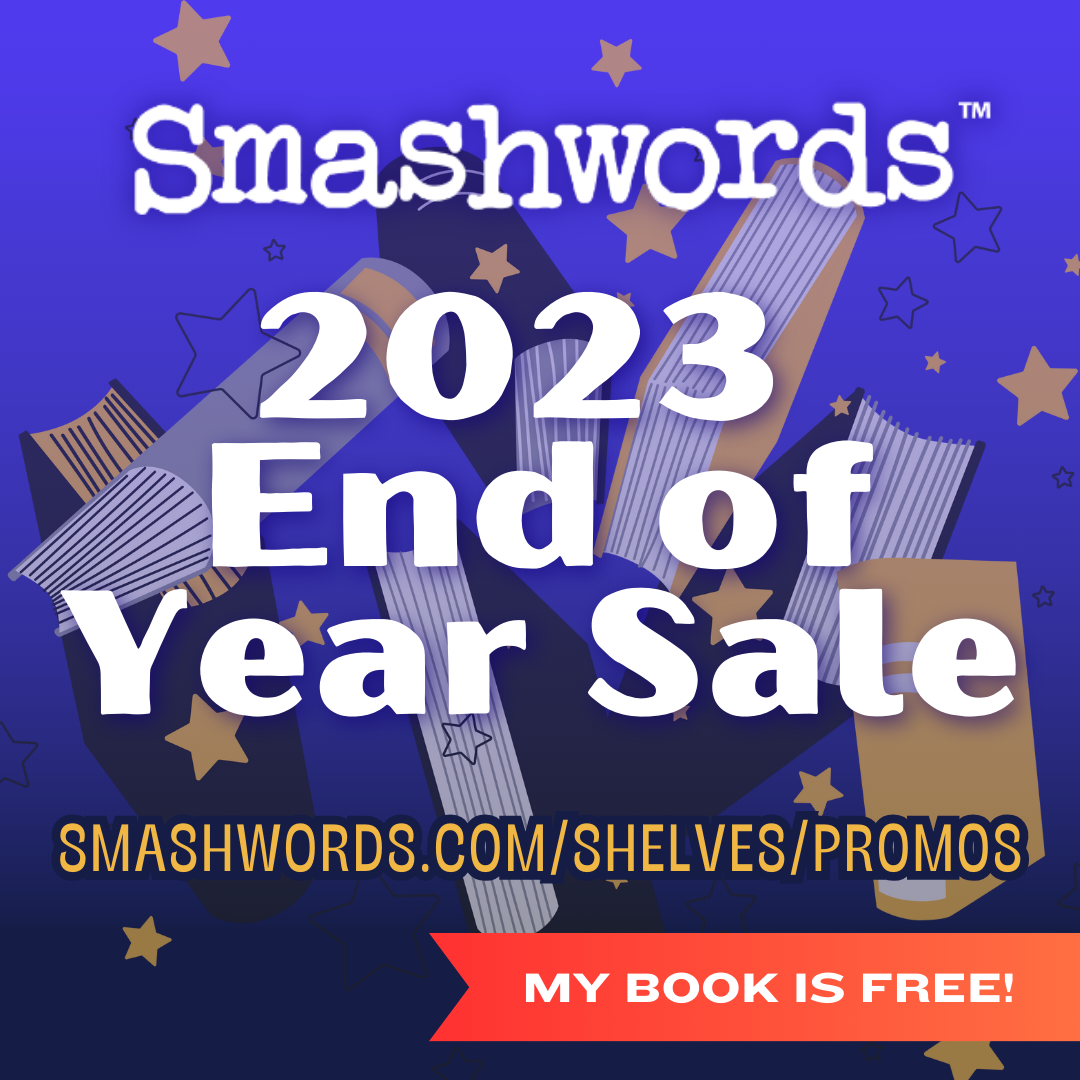
Dr. Clara Ackerman Branon, 58, begins having secret visits from holographic representations of beings from the Many Worlds Collective, a consortium of planet and star systems in the multiverse. When Earth is invited to join the consortium, the secret visits are made public. Now Earthers must adjust their beliefs and ideas about life, religion, culture, identity and everything they think and are.
Clara is selected to be the liaison between Earth and the Many Worlds Collective and she chooses Esperanza Enlaces to be the Chief Media Contact. They team up to provide information to stave off riots and uncertainty. The Many Worlds Collective holos train Clara and the Psi-Warriors for the Psi Wars with the rebelling Psi-Defiers, communicate effectively with many species on Earth and off-planet, eliminate ordinary, elected governments and political boundaries, convene a new group of Global Leaders, and deal with family’s and friends’ reactions.
In what multiple timelines of the ever-expanding multiverse do Clara and her long-time love, Epifanio Dang, get to be together and which leave Clara alone and lonely as the leader of Earth?
This Changes Everything spans the 30-year story of Clara’s term as Earth’s first Chief Communicator, continuing in nine more Volumes of The Spanners Series.
Are YOU ready for the changes?
Volume I, This Changes Everything: Ebooks are PERMAFREE on Smashwords: https://www.smashwords.com/books/view/376197 and Amazon: http://www.amzn.com/B00HFELTG8
These paperbacks are in the Kindle Match program on Amazon. This means that if you purchase both the ebook and its paperback counterpart (in this case, download Volume I for free), you get a discount for the total package. Vol I Amazon link: http://www.amzn.com/B00HFELTG8
 This Changes My Family and My Life Forever, Vol. II, The Spanners Series
This Changes My Family and My Life Forever, Vol. II, The Spanners Series
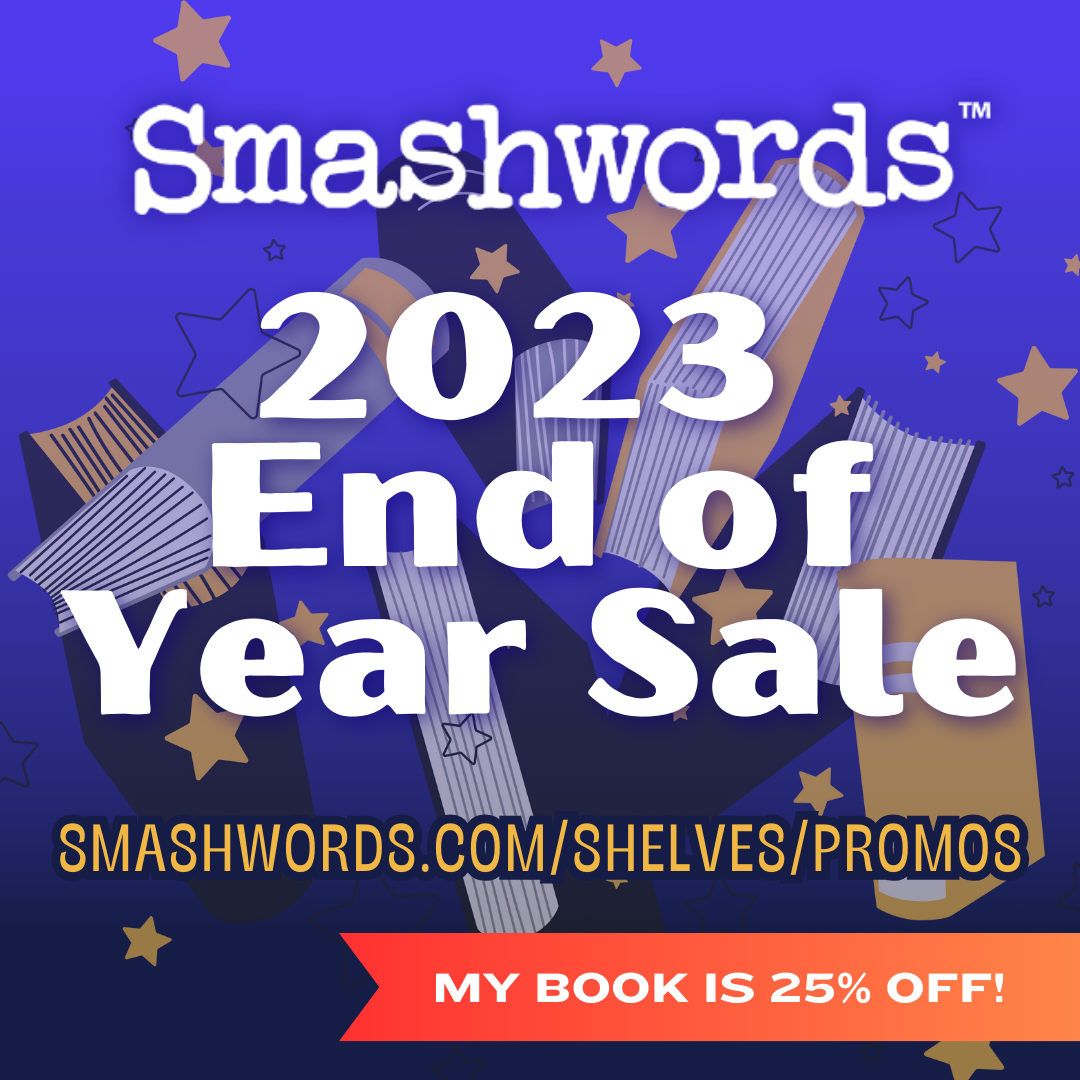
Intrigued by multiple timelines, aliens, psi skills, romance and planetary change? Clara and the alien “Band” are back in Volume II, This Changes My Family and My Life Forever.
Now as Chief Communicator, Clara leads the way for interspecies communication on- and off-planet. Fighting these changes are the Psi-Defiers, led by one of the oldest friends of the Chief of the Psi-Warriors, its reluctant leader, Rabbi Moran Ackerman. Stories from younger Spanners about the first five years of The Transition fill Volume II.
How would YOU do with the changes?
Volume II, This Changes My Family and My Life Forever: EBOOKS now $2.99, 25% off the regular price of $3.99 on Smashwords, any ebook format (reader’s choice).
These paperbacks are in the Kindle Match/Kindle Matchbook program on Amazon. This means that if you purchase both the ebook and its paperback counterpart, you get a discount for the total package. Vol II Amazon link:: http://www.amzn.com/B00KU5Q7KC
 This Is/Is Not the Way I Want Things to Change, Vol. III, The Spanners Series
This Is/Is Not the Way I Want Things to Change, Vol. III, The Spanners Series

Clara, Moran, Espe, Epifanio and the alien Band of holos are back in This Is/Is Not the Way I Want Things to Change, Volume III of The Spanners Series. Psi-Defiers launch increasingly violent protests during this five-year Transition, attempting to block Earth’s membership into the Many Worlds Collective. Earth’s nations and borders must dissolve and Psi-Warriors must strengthen in their battle against the rebels.
Clara, as Earth’s first Chief Communicator, also juggles family conflicts and danger while creating psi skills training Campuses to help Earth through the Psi Wars. Clara timults alternate versions of their futures as the leaders’ duties and consciences force them to make difficult choices across multiple timelines, continuing to train and fight.
Will the Psi-Warriors’ and other leaders’ increasing psi skills, interspecies collaborations and budding alien alliances be enough for Earth to make it through The Transition intact? If there is no clear path for Clara’s and Epifanio’s love, does she partner with Steve or go it alone?
What do YOU do with wanted/unwanted changes?
Volume III, This Is/Is Not the Way I Want Things to Change: EBOOKS now $1.99, 50% off the regular price of $3.99 on Smashwords, any ebook format (reader’s choice).
These paperbacks are in the Kindle Match/Kindle Matchbook program on Amazon. This means that if you purchase both the ebook and its paperback counterpart, you get a discount for the total package. Vol III Amazon link:: http://www.amzn.com/B0177Z1KRM
 The Spanners Series‘ three paperbacks.
The Spanners Series‘ three paperbacks.
Print editions and ebooks published under Timult Books

REVIEWERS: Ask for FREE Ebook coupon codes for Volumes II and III on Smashwords any time: sallyember AT yahoo DOT com
For more information about Sally Ember, Ed.D., her bio, books, blog, archived YouTube (Sally Sue Ember channel, https://www.youtube.com/c/SallySueEmber/videos) video talk show (CHANGES conversations between authors), guest blog posts and guidelines, links to author interviews, book trailers and more: http://www.sallyember.com

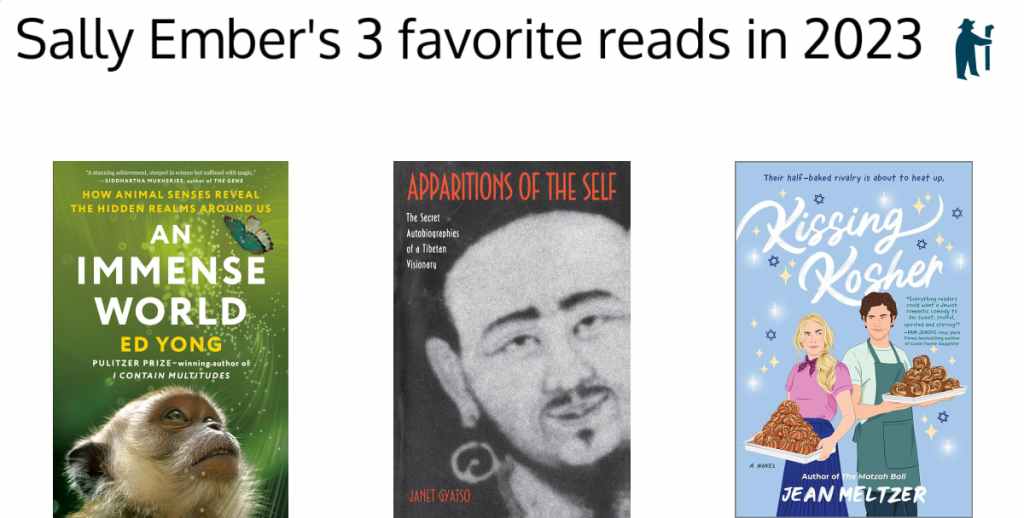


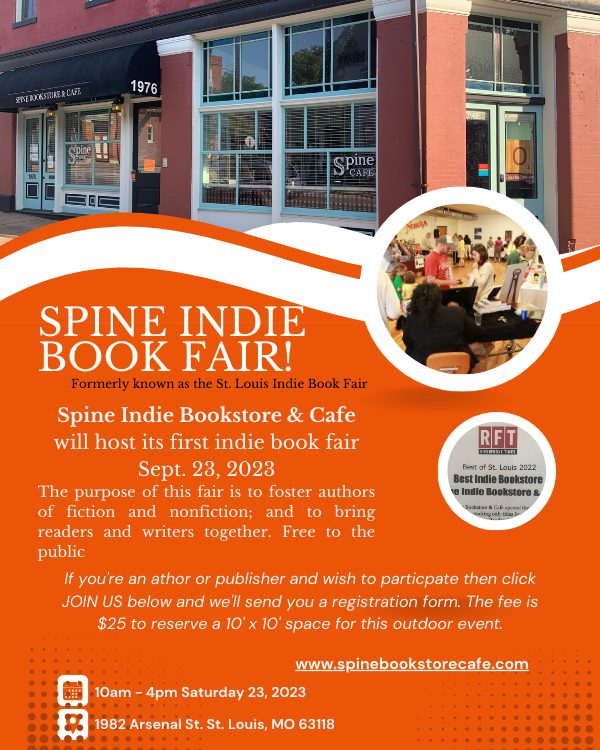


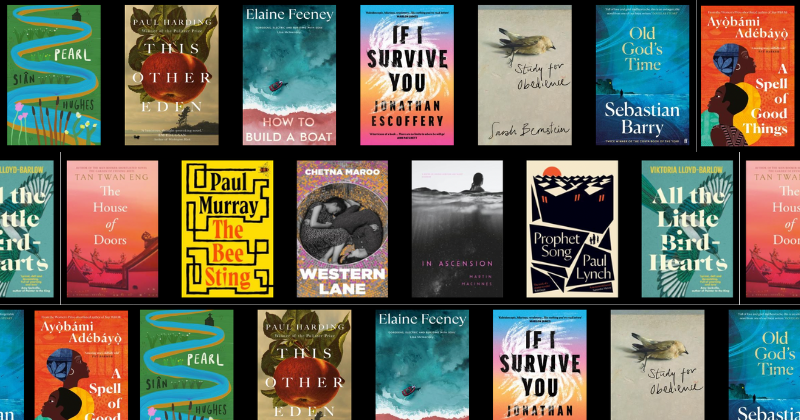


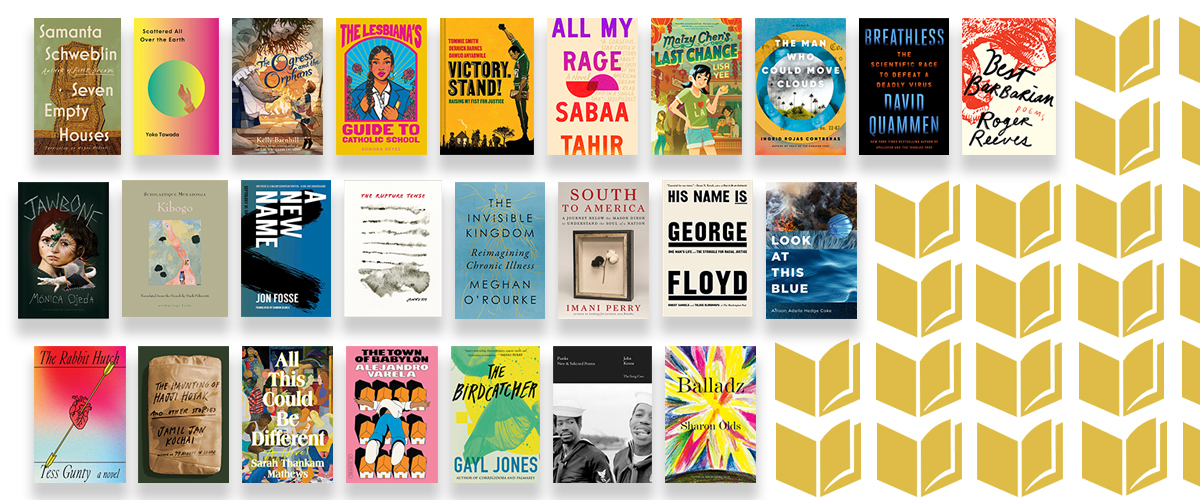






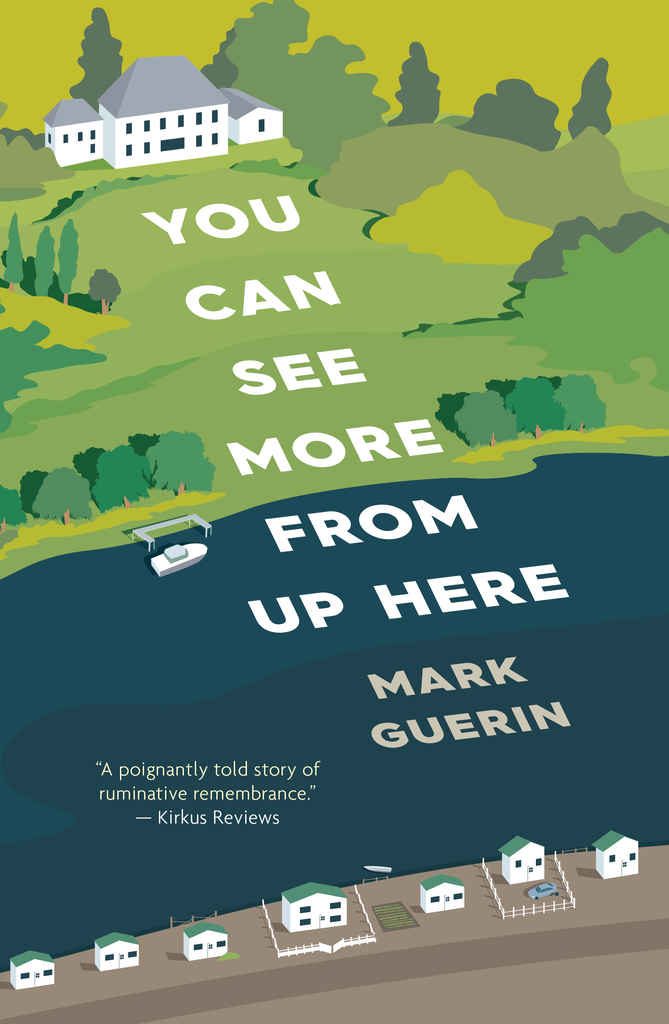
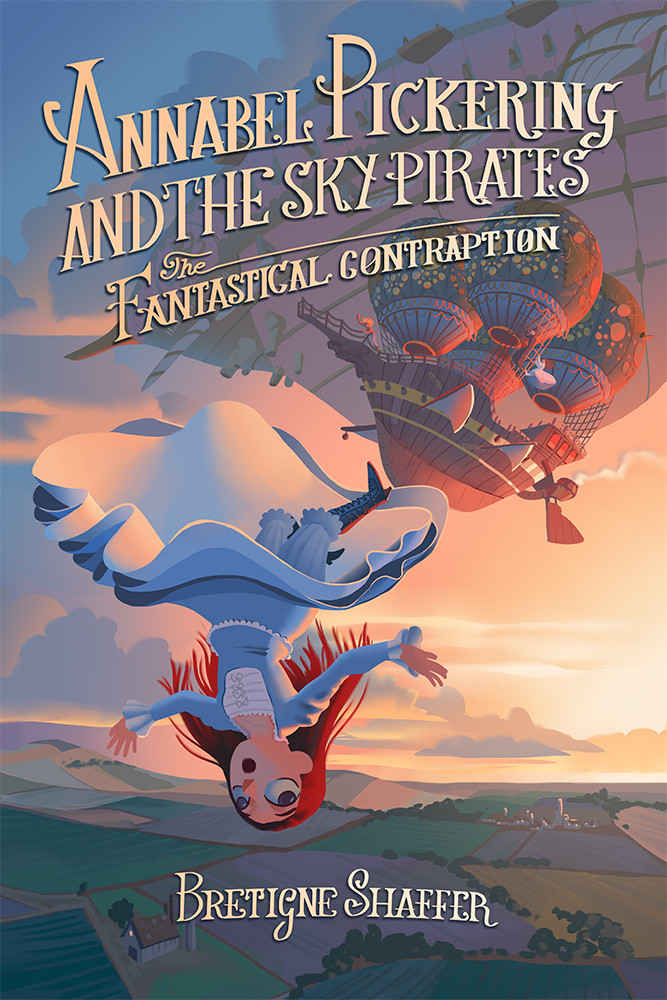








 Jesmyn Ward
Jesmyn Ward
 Masha Gessen; Photo: © Tanya Sazansky
Masha Gessen; Photo: © Tanya Sazansky
 Frank Bidart; Photo from Sigrid Estrada
Frank Bidart; Photo from Sigrid Estrada











You must be logged in to post a comment.